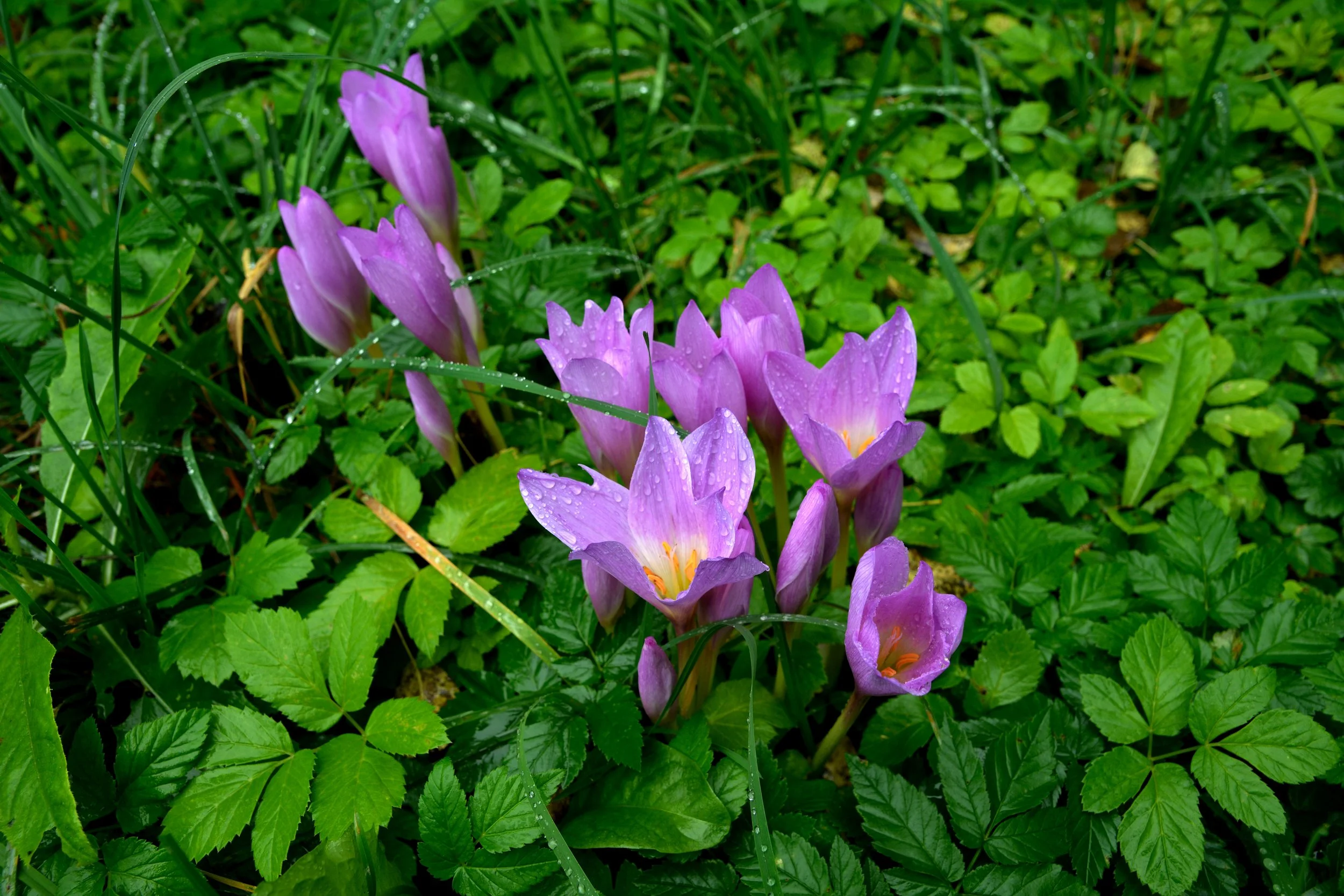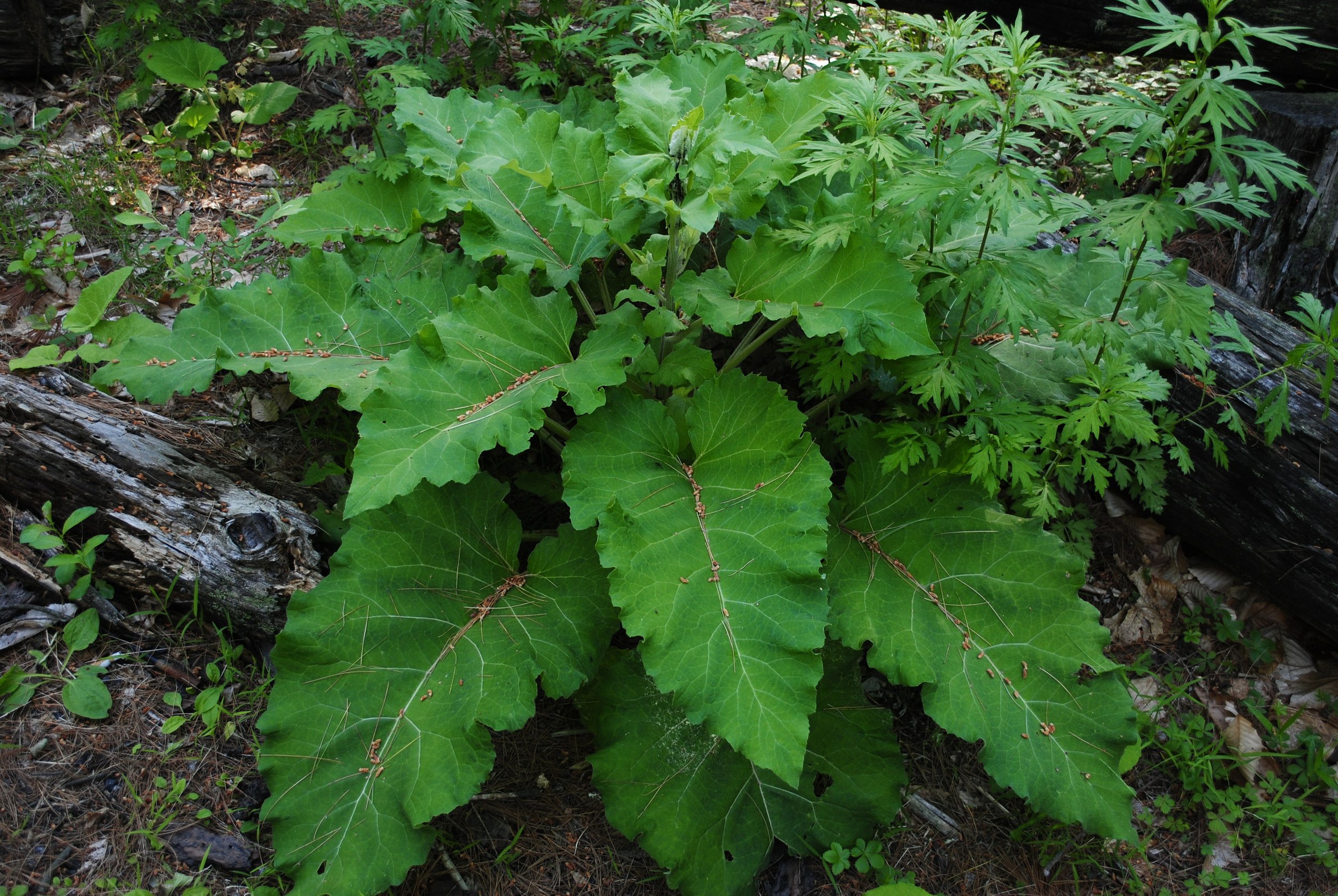Alkaloids: Potent Plant Compounds with Diverse Therapeutic Uses
One of the most powerful groups in herbal medicine, alkaloids, form a major class of bioactive compounds. These molecules have a variety of therapeutic effects including: anti-inflammatory, analgesic (pain relieving), cardioprotective, anticancer, antihypertensive, antihyperglycemic, and more. These remarkable compounds are known as alkaloids. Alkaloids are a diverse group of naturally occurring compounds found in a wide variety of plants. These potent plant compounds have been used for centuries in traditional medicine for their vast therapeutic properties. In this blog post, we will explore this unique group of molecules, learn about their origin, their medicinal properties, and their use in herbalism.
What Are Alkaloids?
Alkaloids are nitrogen-containing compounds that are primarily found in plants but can also be found in some fungi and animals. These compounds display unique solubility: water-soluble in acidic conditions but lipid-soluble in alkaline environments. They are typically derived from amino acids and make up about 20% of plant secondary metabolites. Within the plant they act as chemical defense against herbivores and they can also act to prevent fungal and bacterial infestation.
These complex molecules contribute to many of the therapeutic properties of medicinal herbs. Alkaloids are often bitter-tasting and can be toxic in large quantities, but in controlled doses, they offer significant medicinal benefits. In high doses they can be hard on your detox pathways including the liver and kidneys. Always use in moderation and under the guidance of a professional. Some well-known alkaloids include morphine, caffeine, nicotine, and quinine.
Medicinal Properties of Alkaloids
Alkaloids possess a wide range of medicinal properties, making them valuable in the treatment of various health conditions. Here are some of the key therapeutic uses of alkaloids:
Pain Relief: Alkaloids such as morphine and codeine are powerful analgesics (pain relievers) that are widely used in medicine. They work by binding to opioid receptors in the brain and spinal cord, reducing the perception of pain.
Anti-Inflammatory Effects: Certain alkaloids, such as colchicine, have anti-inflammatory properties that help reduce inflammation and relieve symptoms of inflammatory conditions like gout and arthritis. They work by suppressing pro-inflammatory proteins, allowing your body to regulate its immune response more effectively.
Management of Neurodegenerative Disorders: By inhibiting certain enzymes, alkaloids like nitidine and avicine show neuroprotective properties in degenerative diseases like Alzheimer's.
Antimalarial Action: Quinine, an alkaloid derived from the bark of the cinchona tree, has been used for centuries to treat malaria. It works by interfering with the parasite's ability to reproduce within red blood cells.
Cardiovascular Health: Some alkaloids, such as reserpine, are used to treat hypertension (high blood pressure) and other cardiovascular conditions. Reserpine works by depleting certain neurotransmitters, leading to a decrease in blood pressure.
Respiratory Health: Alkaloids like ephedrine are used to treat respiratory conditions such as asthma and bronchitis. Ephedrine works by relaxing the muscles in the airways and reducing inflammation, making it easier to breathe.
Antimicrobial Properties: Several alkaloids have antimicrobial effects, making them effective against bacteria, fungi, and viruses. For example, berberine is an alkaloid with strong antibacterial and antifungal properties.
Autumn Crocus (Colchicum autumnale)
Common Sources of Alkaloids
Alkaloids are found in a wide variety of plants, many of which are used in traditional medicine. Here are some common sources of alkaloids:
Opium Poppy (Papaver somniferum): Source of morphine and codeine, used for pain relief.
Cinchona Tree (Cinchona officinalis): Source of quinine, used to treat malaria.
Autumn Crocus (Colchicum autumnale): Source of colchicine, used for its anti-inflammatory effects.
Rauwolfia (Rauwolfia serpentina): Source of reserpine, used to treat hypertension.
Ephedra (Ephedra sinica): Source of ephedrine, used to treat respiratory conditions.
Goldenseal (Hydrastis canadensis): Source of berberine, known for its antimicrobial properties.
Green Tea (Camellia sinensis): Contains caffeine, a mild alkaloid stimulant, often enjoyed as a daily tea for focus and energy.
Yerba Mate (Ilex paraguariensis): Rich in caffeine and theobromine, traditionally brewed as a stimulating herbal tea in South America.
Coffee (Coffea arabica): While more often brewed than steeped, coffee beans are a classic alkaloid source (caffeine) with global ritual use.
Cacao (Theobroma cacao): Contains theobromine, a gentle stimulant alkaloid, often enjoyed as cacao tea or ceremonial cocoa.
Opium Poppy (Papaver somniferum)
How to Incorporate Alkaloids into Herbal Medicine
Incorporating alkaloid-rich plants into your herbal medicine practice requires careful consideration due to their potent effects. Here are some tips:
Use Under Professional Guidance: Due to their powerful and potentially toxic effects, alkaloids should be used under the guidance of a healthcare professional or a qualified herbalist.
Follow Proper Dosage: Adhere to recommended dosages to avoid adverse effects. Alkaloids can be toxic in large quantities, so it is essential to follow dosing guidelines.
Consider Herbal Extracts: Herbal extracts like tinctures or teas containing alkaloids can be a convenient and effective way to incorporate these compounds into your practice.
Monitor for Side Effects: Be aware of potential side effects and monitor for any adverse reactions when using alkaloid-containing plants.
Conclusion
Alkaloids are potent plant compounds with a wide range of therapeutic uses. From pain relief to anti-inflammatory effects, these natural compounds have played a significant role in traditional and modern medicine. By understanding their properties and benefits, we can harness alkaloids to support health and well-being safely and effectively.
References
Heinrich, Michael et al. “Alkaloids Used as Medicines: Structural Phytochemistry Meets Biodiversity-An Update and Forward Look.” Molecules (Basel, Switzerland) vol. 26,7 1836. 25 Mar. 2021, doi:10.3390/molecules26071836
Aryal, Babita, Raut, Bimal Kumar, Bhattarai, Salyan, Bhandari, Sobika, Tandan, Parbati, Gyawali, Kabita, Sharma, Kabita, Ranabhat, Deepa, Thapa, Ranjita, Aryal, Dipa, Ojha, Atul, Devkota, Hari Prasad, Parajuli, Niranjan, Potential Therapeutic Applications of Plant-Derived Alkaloids against Inflammatory and Neurodegenerative Diseases, Evidence-Based Complementary and Alternative Medicine, 2022, 7299778, 18 pages, 2022. https://doi.org/10.1155/2022/7299778
Pathan, Hasan, and John Williams. “Basic opioid pharmacology: an update.” British journal of pain vol. 6,1 (2012): 11-6. doi:10.1177/2049463712438493
Sawyer, Benjamin J., Md Imdadul H. Khan, and Hoang V. Le. “Antimalarial Drugs.” Medicinal Chemistry of Chemotherapeutic Agents, edited by Pratap Chandra Acharya and Michio Kurosu, Academic Press, 2023, pp. 363–396. ISBN 9780323905756. https://doi.org/10.1016/B978-0-323-90575-6.00007-7.
Shamon, Sandy D, and Marco I Perez. “Blood pressure-lowering efficacy of reserpine for primary hypertension.” The Cochrane database of systematic reviews vol. 12,12 CD007655. 21 Dec. 2016, doi:10.1002/14651858.CD007655.pub3
Tamada, Mitsuru, Katsuya Endo, Hiroshi Hikino, and Chizuko Kabuto. “Structure of Ephedradine A, a Hypotensive Principle of Ephedra Roots.” Tetrahedron Letters, vol. 20, no. 10, 1979, pp. 873–876. ISSN 0040-4039. https://doi.org/10.1016/S0040-4039(01)93575-0.
Zhang, Chao-Wei et al. “The Antifungal Effects of Berberine and Its Proposed Mechanism of Action Through CYP51 Inhibition, as Predicted by Molecular Docking and Binding Analysis.” Molecules (Basel, Switzerland) vol. 29,21 5079. 27 Oct. 2024, doi:10.3390/molecules29215079













Hello and welcome! I'm Eve, a Chemist turned Herbalist, sharing the wonders of plant medicine and botanical skincare. Join me on this journey to Learn, Create, and Align your Divine!